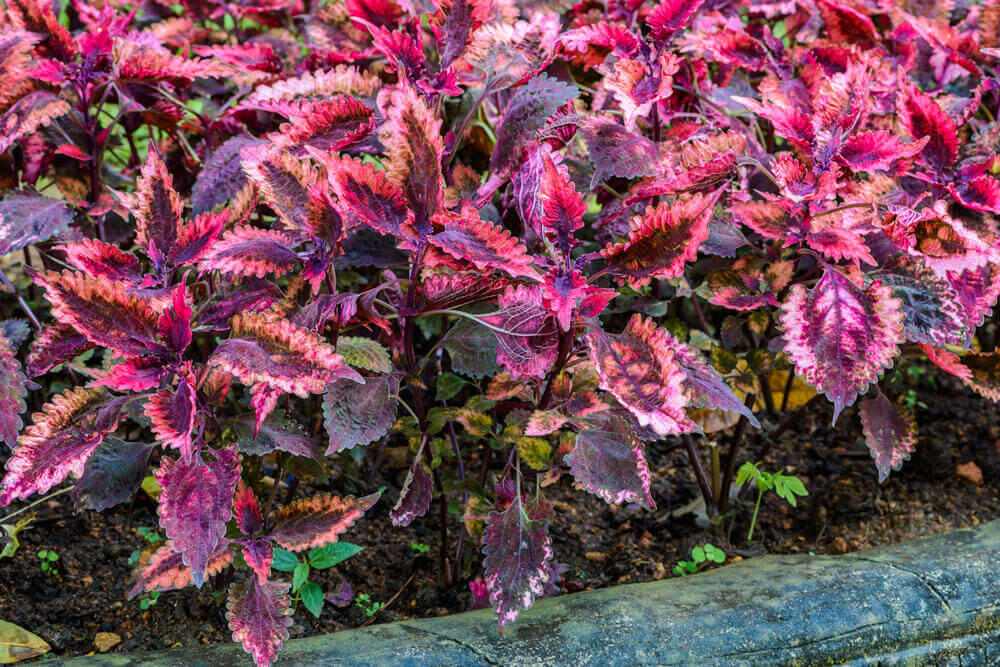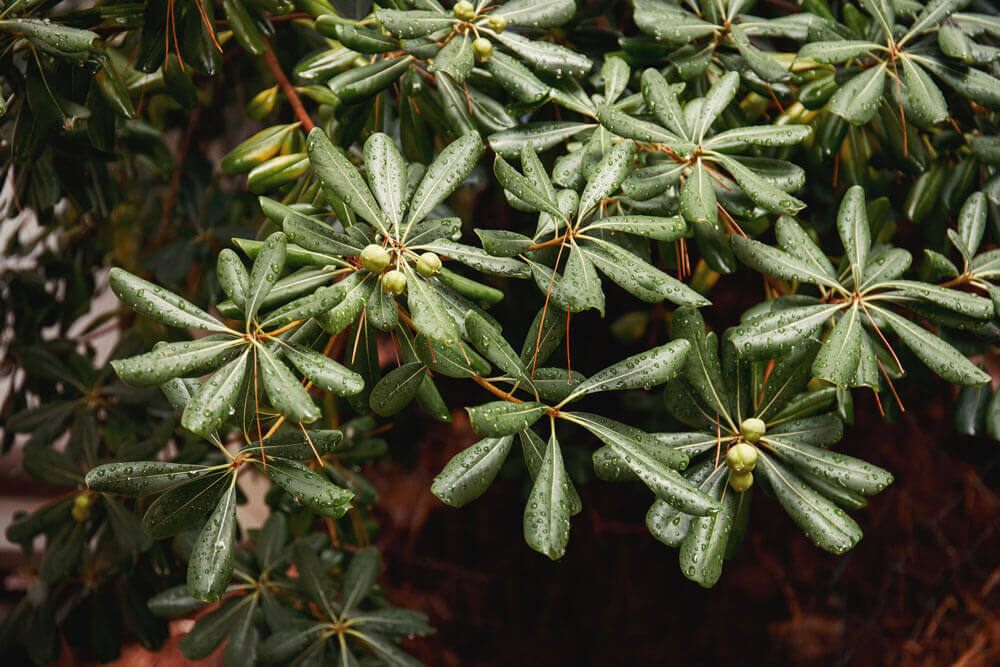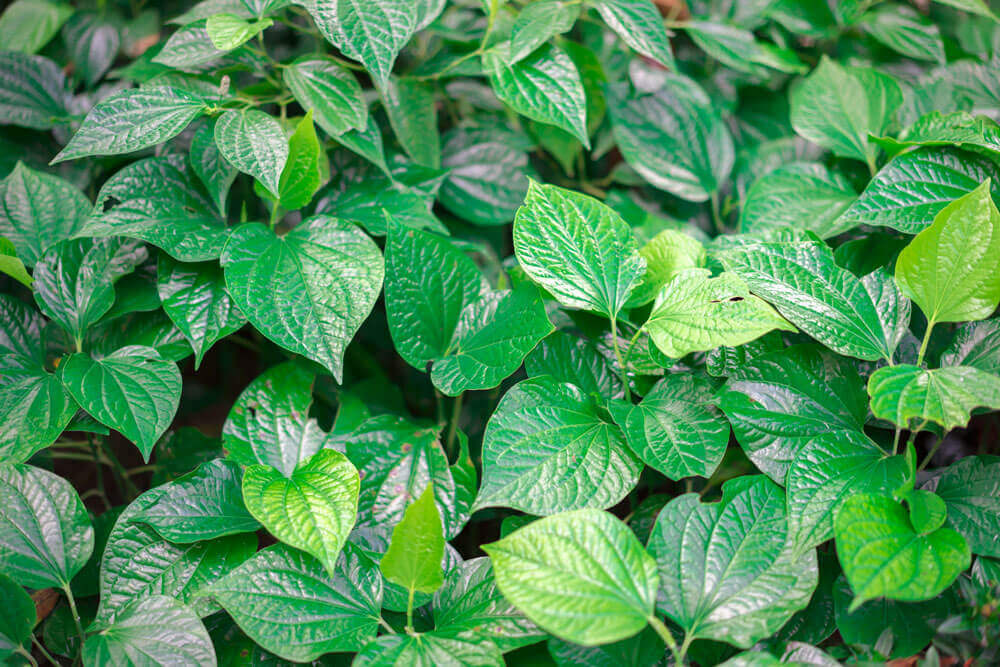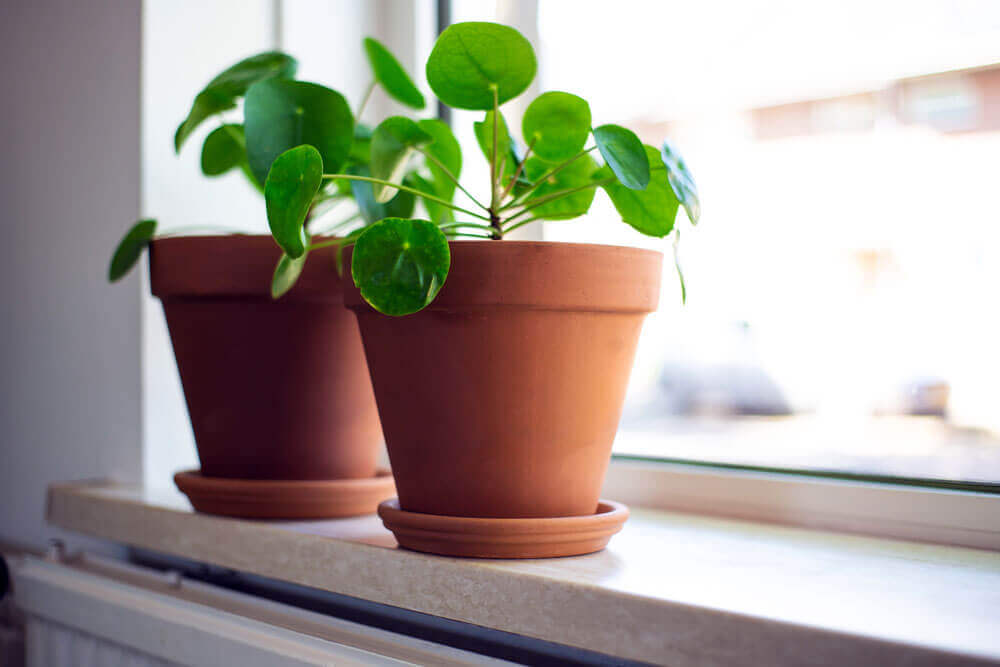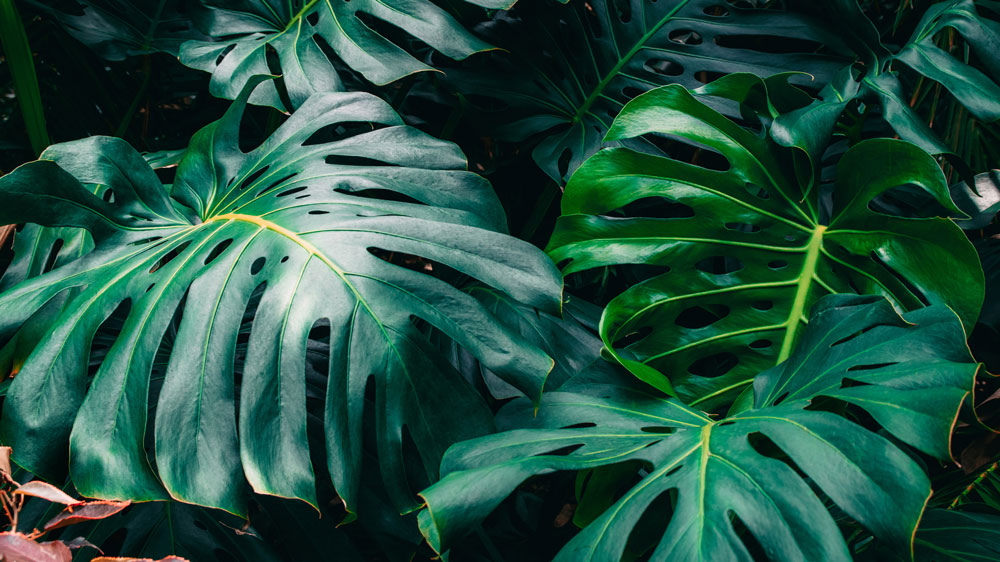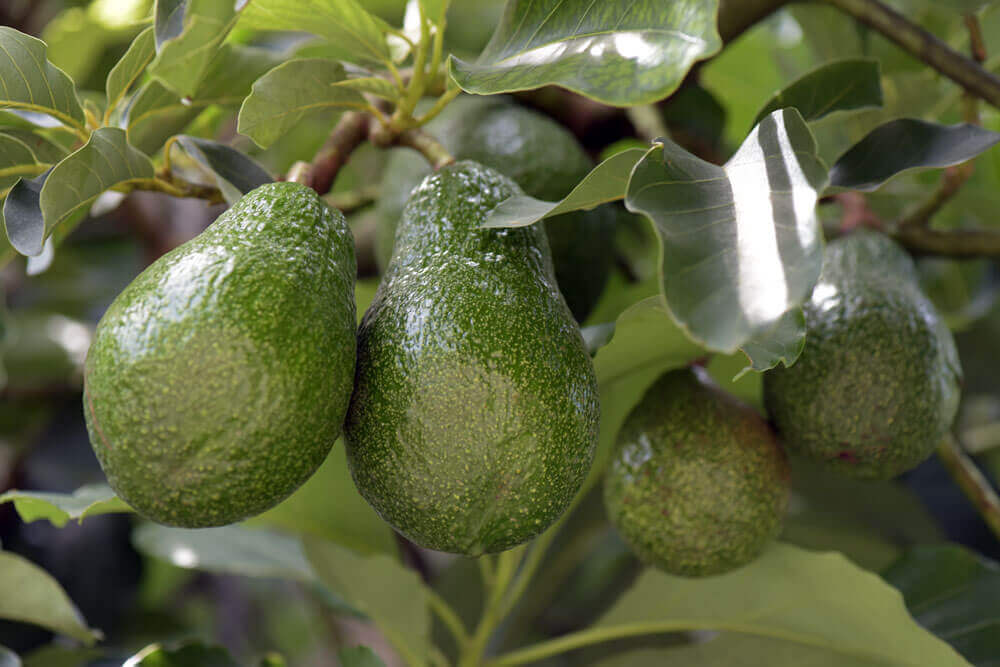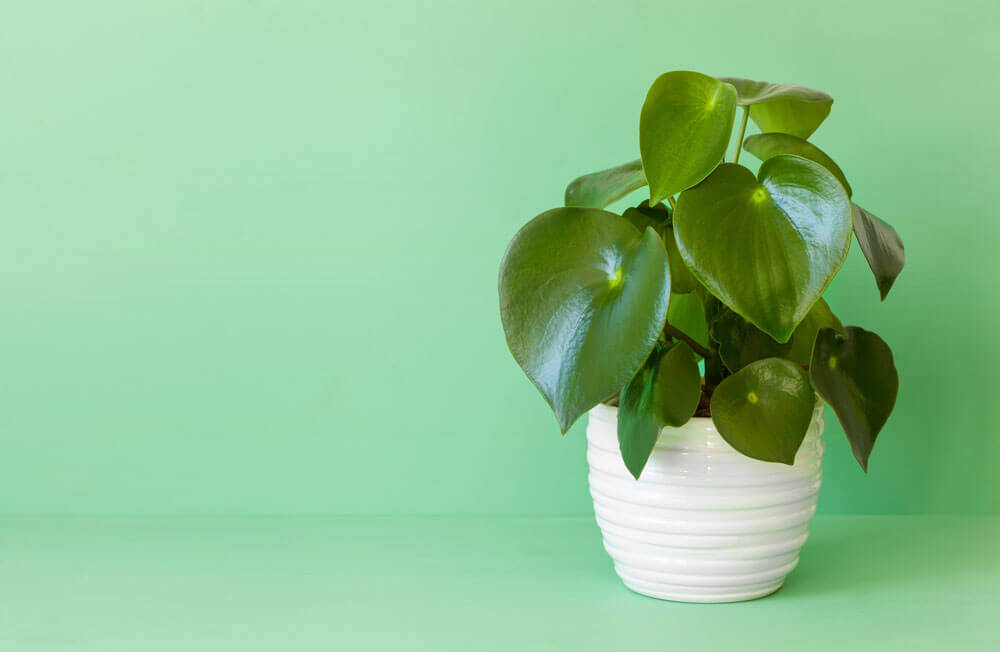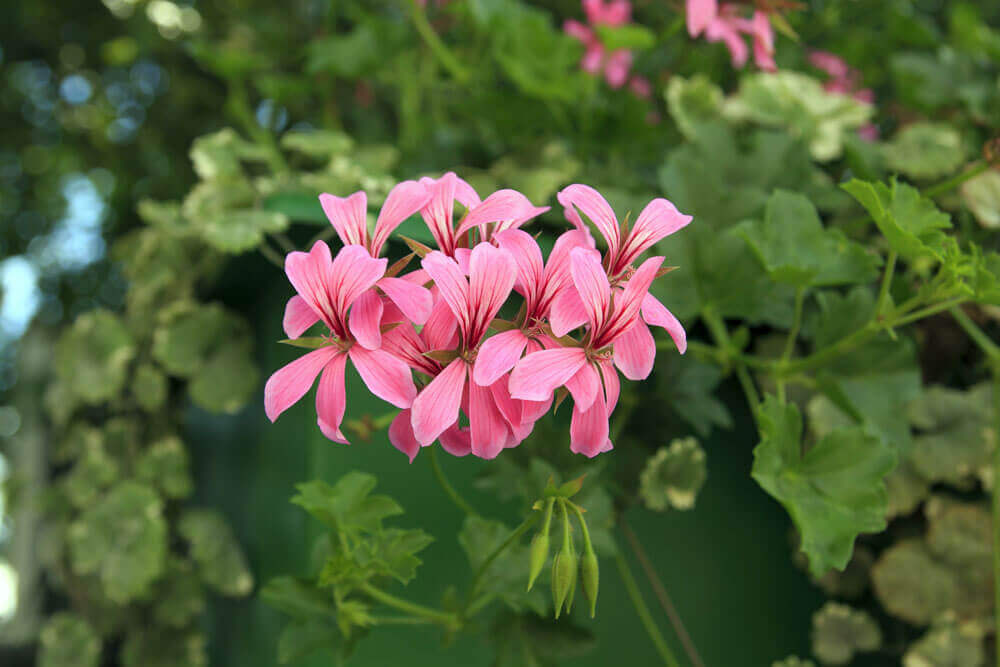Plumbago: Identification, plant Growth and reproduction

Learn about the plant
Plumbago can be a genus of about 15 types of annuals, perennials, and time tested shrubs and scandent climbers from temperate woodland and scrubs in cozy-warm to spectacular areas throughout the world. A time tested shrub with vine-like stalks that develop a rounded mound to around 5′ high by 6′-8′ broad. If ideal, plumbago could be grown like a vine and able to scramble over surrounding works with. The glowing blue plants are about an inch in size and therefore are set up in clusters that resemble phlox. A white colored-flowered method of this grows available. The 2″ oblong foliage can be a fresh, light-weight eco-friendly coloration. Ensure that stays great throughout the wintertime and early spring.
Plant growth conditions
Natural warmth in the summertime – at least 50 F in the winter months.Vividly lit spot – full direct sunlight or very gentle shade. Develop in soil-based planting blend.
Always keep rich compost wet all the time but never waterlogged. Decrease watering during winter. Use delicate, lukewarm drinking water. Misting is necessary.
Plant reproduction
Consider originating cuttings or necessary cuttings in the spring season. Use a rooting hormonal agent and supply underside temperature. Sow seed at 55-64 F (13-18 C) in early spring.

